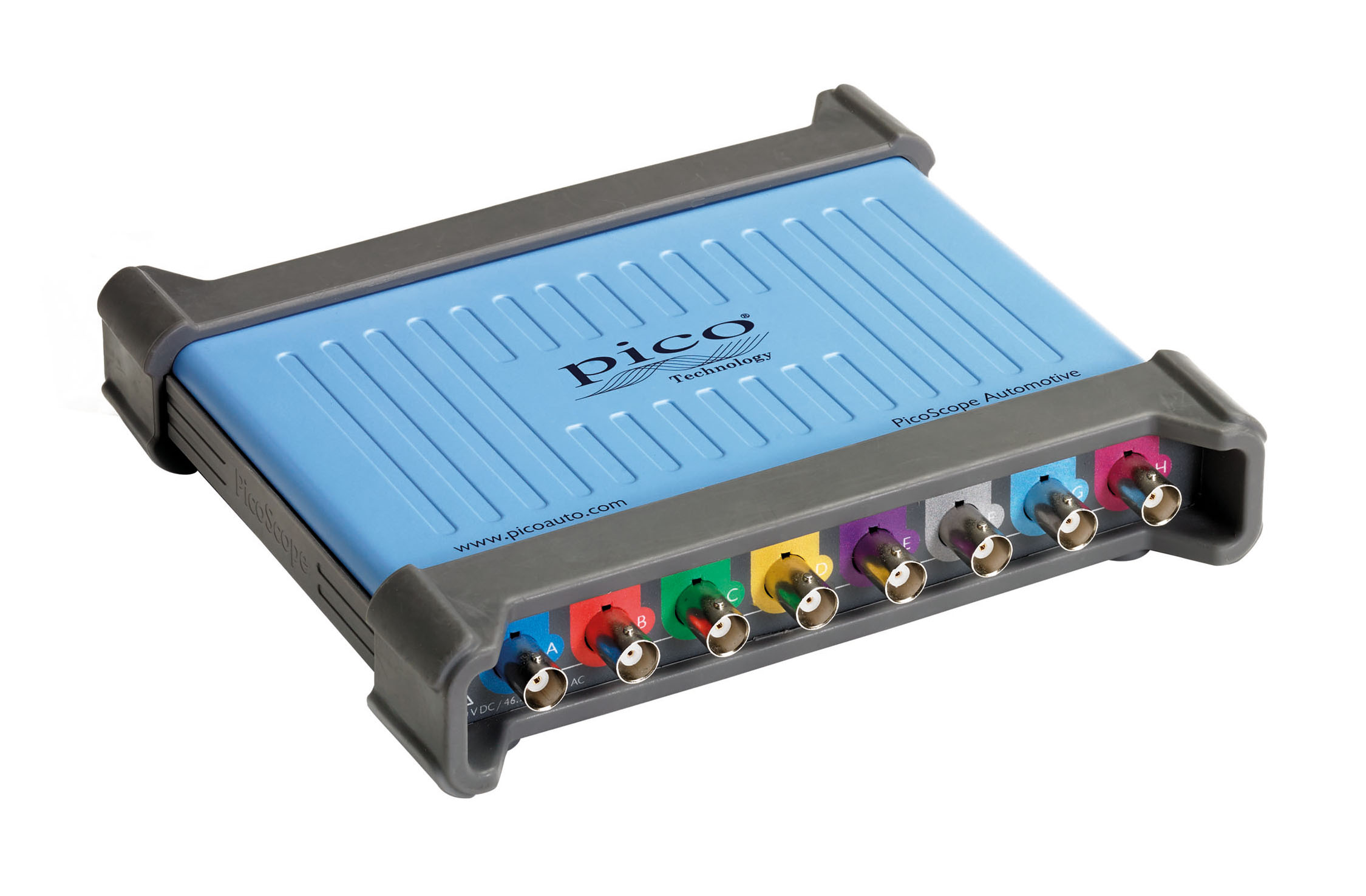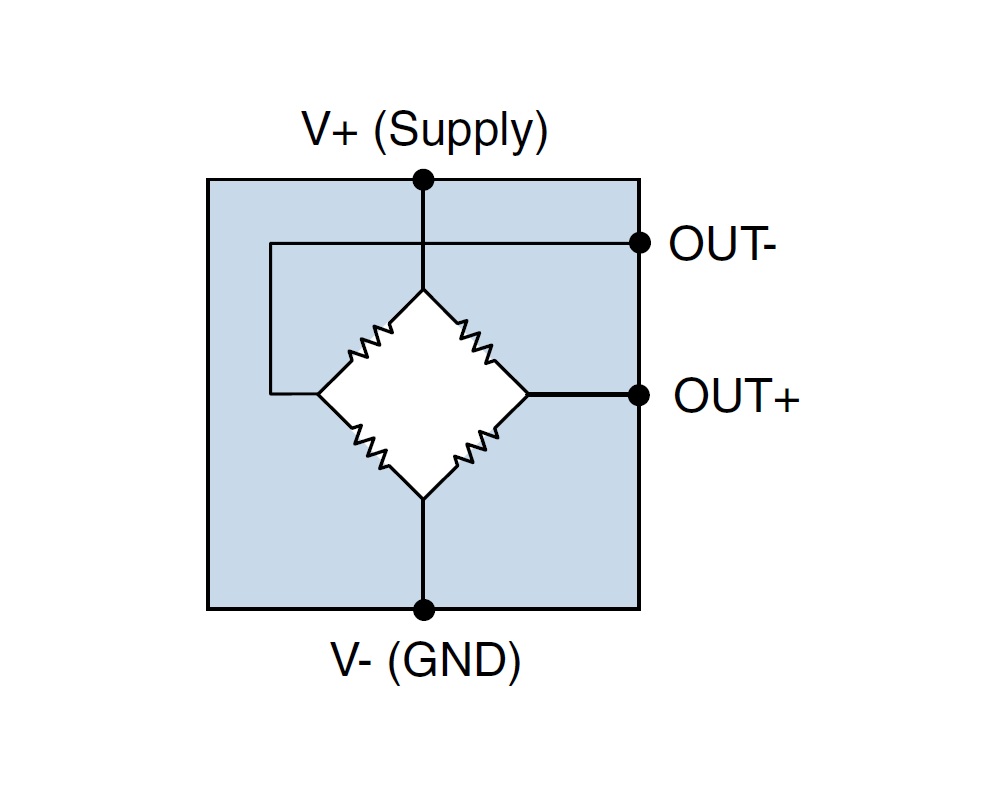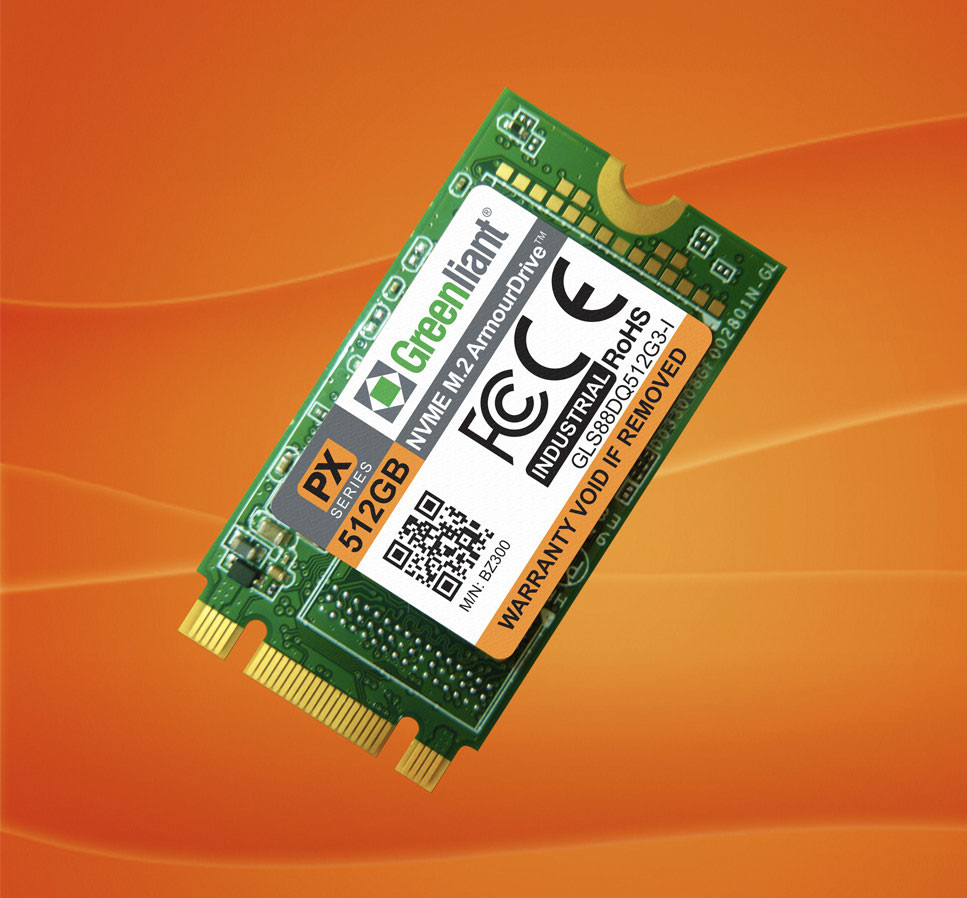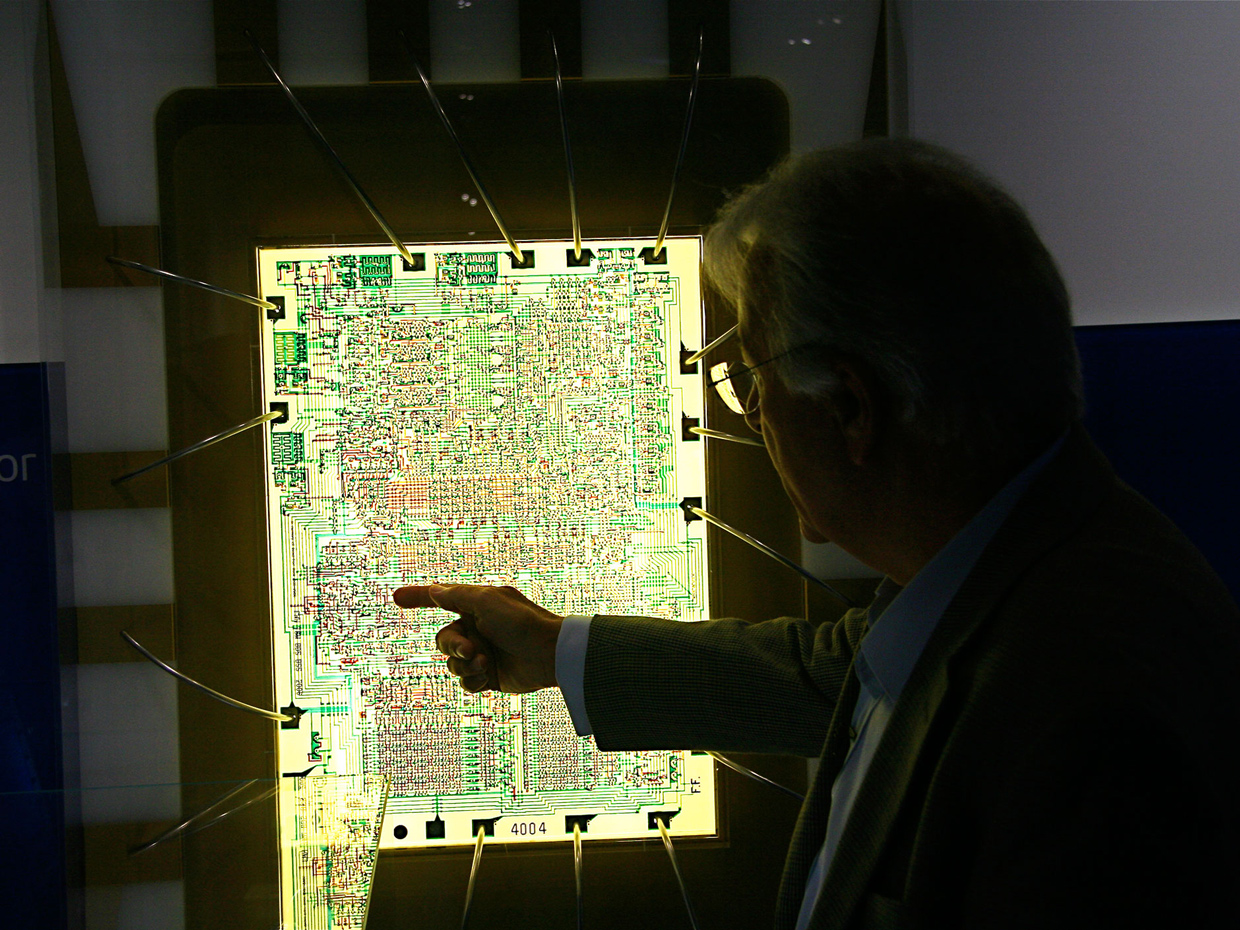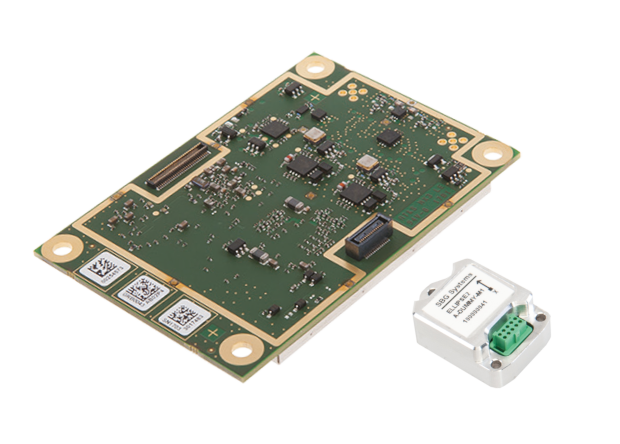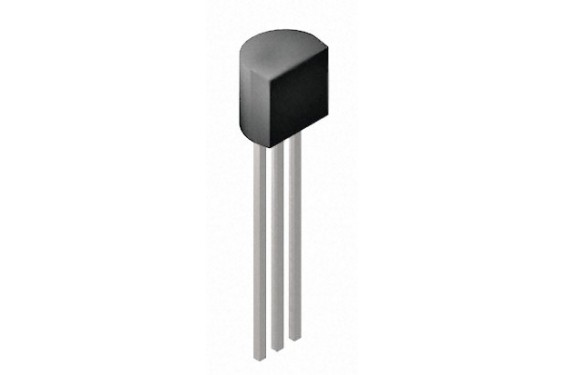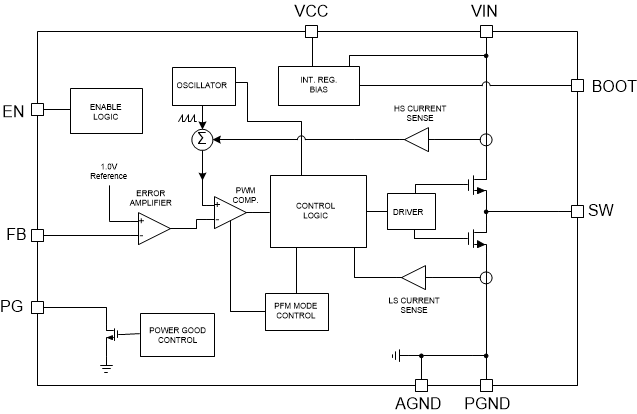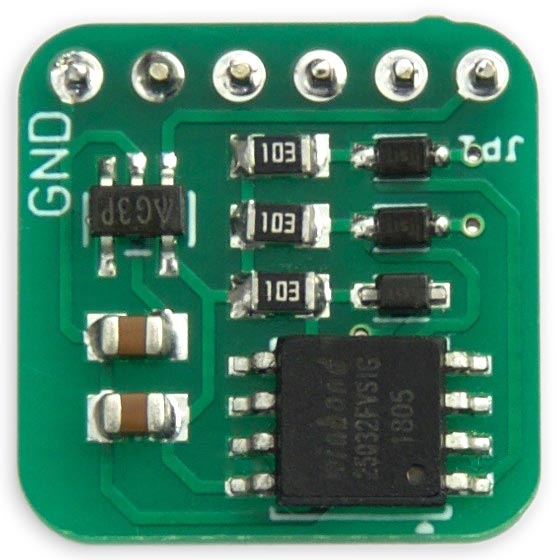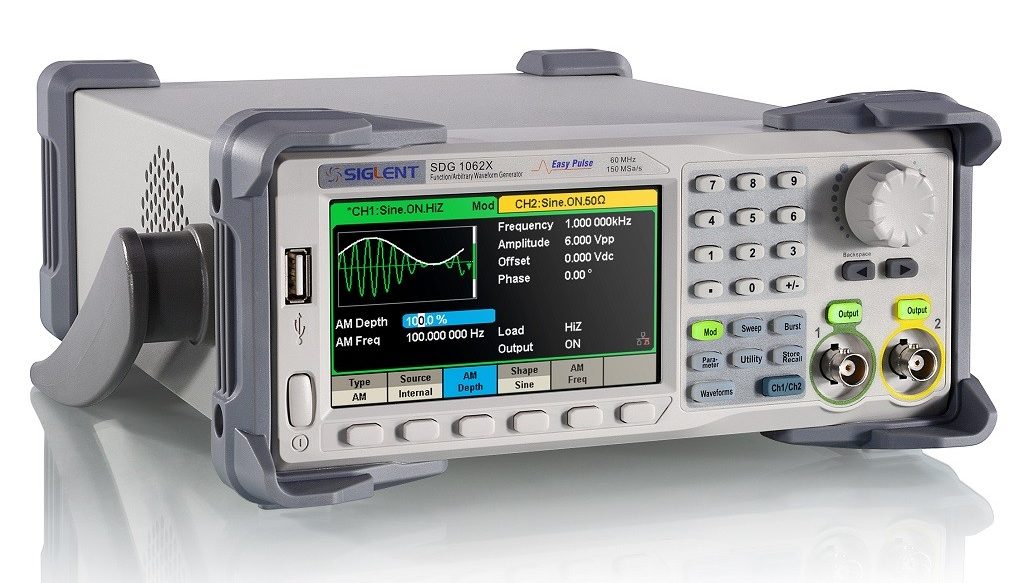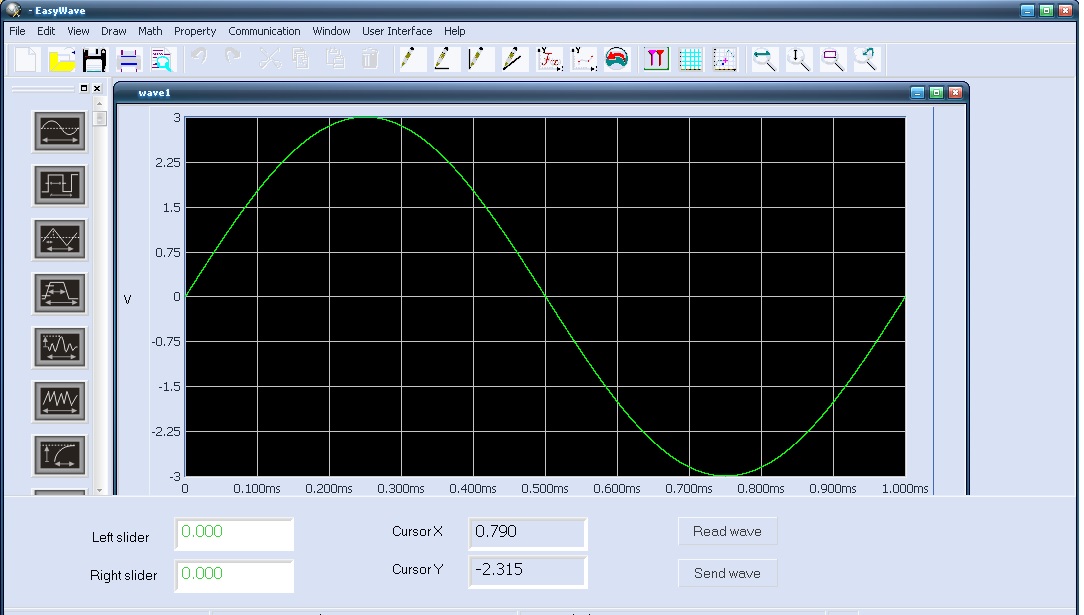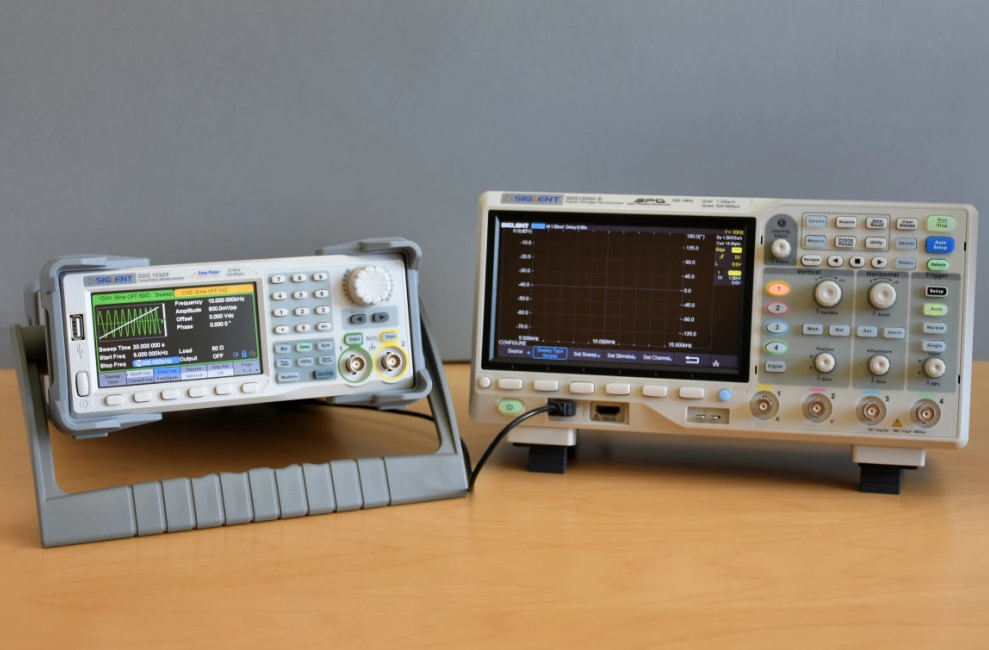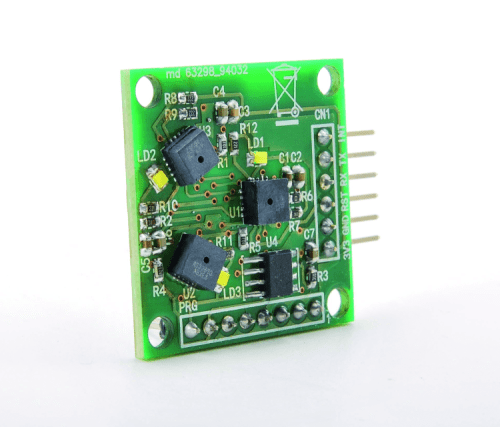The PicoScope 4823 oscilloscope brings eight-channel high-speed performance to vehicle diagnosis. This deep-memory PicoScope provides 12-bit resolution, 20MHz bandwidth, a 256MSa buffer memory, and a SuperSpeed USB 3.0 interface.
Saelig Company, Inc. has introduced the Pico Technology PicoScope 4823 – the world’s first high-speed, high-resolution, 8-channel automotive oscilloscope. It is fast enough for decoding the latest commonly used serial protocols used in vehicles, such as CAN, CAN FD, and FlexRay. The 4823 scope offers eight common-ground signal input channels with a maximum input range of 50V and protection to 100V. The oscilloscope’s maximum sample rate of 80MSa/s (10MSa/s when using all eight channels) is sufficient to be able to see subtle signal anomalies in vehicle sensor output. This PicoScope provides 12-bit resolution, 20MHz bandwidth, a 256MSa buffer memory, and a SuperSpeed USB 3.0 interface. The deep memory can capture several seconds of data at the full sampling rate, which is ideal for evaluating long serial data records or intermittent glitches.
The 4823 operates with the well-known, versatile PC-based PicoScope Automotive software which includes more than 150 guided automotive tests, and provides access to thousands of automotive reference signal comparisons in Pico’s Waveform Library. Software tools included in PicoScope software include the waveform buffer, mask limit test, and serial decode. Powered solely from a USB port, the compact PicoScope 4823 is also perfect for field use since it even includes a low-voltage arbitrary waveform generator.
Diagnostic applications for the Picoscope 4823 automotive oscilloscope include:
- V6/V8 Cam timing (4/6 cams plus crank, and sometimes a WPS), and VVT timing systems
- Trucks, construction and agriculture equipment analysis which typically requires a mix of electrical and hydraulic measurements on multiple valves simultaneously to diagnose problems with system interactions
- Broad system diagnosis on multiple components (including power, ground, signals, current)
- Diagnosing faults on multiple serial busses (CAN, CAN FD, LIN, FlexRay)
PicoScope test equipment is used and trusted worldwide by both manufacturers’ and independent repair shops because it gives the capability, confidence, and support required to quickly find and verify the solutions for most vehicle faults. Made by Pico Technology, Europe’s award-winning test and measurement manufacturer, the PicoScope 4823 comes as a scope-only (PQ185) or as an 8-channel Professional Kit (PQ184) with multiple probes and accessories, and is available now from their USA technical distributor Saelig Company, Inc.
The oscilloscope costs $2,305 when ordering online from distributor Saelig


